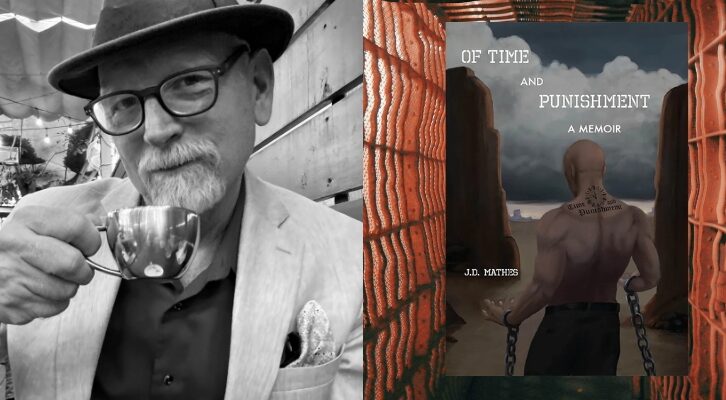
Richard Rhodes and E.O. WIilson on Ants and Life on Earth
This Week on the Radio Open Source Podcast
Open Source is the world’s longest-running podcast. Christopher Lydon circles the big ideas in culture, the arts and politics with the smartest people in the world. It’s the kind of curious, critical, high-energy conversation we’re all missing nowadays.
*
The grand master of bug biology E.O. Wilson has always had a way of seeing the big picture in his microscopic science. Looking at a wall-size projection of the astronauts’ moon view of Earth rising, “the blue marble,” Ed Wilson wants us to see that the film of life wrapped around our globe, the biosphere, is as thin as a razor’s edge. But here’s the real point, he says: take the human beings out of that layer of life and it’s safe forever. Take the ants out, and it’s doomed. Ed Wilson, in his 90s, speaks with lively and rare authority about the predicament of life on earth—but he’s not in despair: the bad things humans do to their habitat, they could stop doing, if they realized how our species depends on a million other species now in mortal danger.
The biologist and writer E. for Edward, O. for Osborne, Wilson is the giant in our midst this radio hour. He’s the man who learned to talk to ants in their own language of smells, or pheromones. We’re speaking with him, and about him with the decorated science historian Richard Rhodes, best known for his definitive account of The Making of The Atomic Bomb. Richard Rhodes has written a new biography and appreciation of E.O. Wilson and his life in nature call The Scientist.
From the episode:
Richard Rhodes: It had been popularly assumed before that when ants tweedle their antenna together with each other, they were somehow sending signals that way. But animals that live underground generally don’t use eyes and ears. They use smells primarily. And in this case, the question really was: where was this odor being presented?
And Ed started investigating his favorite research animal, which is the fire ant, which has many virtues, including: easy to maintain and all of those things, but it’s very small. It’s about the size of a large crumb of bread, so working within that scale without having any elaborate technological system in hand in his laboratory to magnify this ant, but merely a very large magnifying glass, it looks from the photographs as if it weighed maybe five pounds at least—he started prising out little parts of the ant’s abdomen.
He finally lit upon this tiny little gland that didn’t look like it was much of anything. And when he put a little bit of the the secretion from this gland onto a little piece of balsam and laid it in the courtyard of his ant colony on his desk at the Harvard Museum of Biology, the ants came roaring out of their colony and raced along the line he’d drawn.
_______________________________
Subscribe now on iTunes, or wherever else you find your podcasts!
Open Source
Open Source is the world’s longest-running podcast. Christopher Lydon circles the big ideas in culture, the arts and politics with the smartest people in the world. It’s the kind of curious, critical, high-energy conversation we’re all missing nowadays.



















